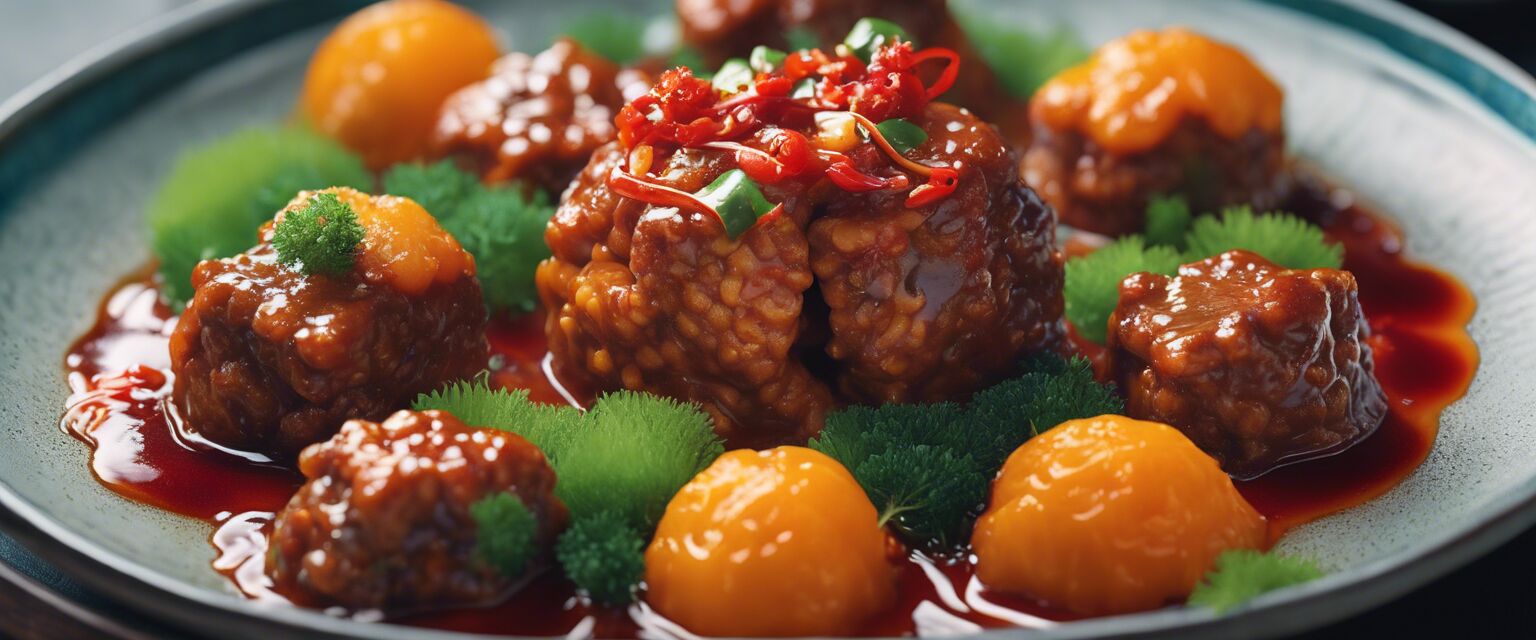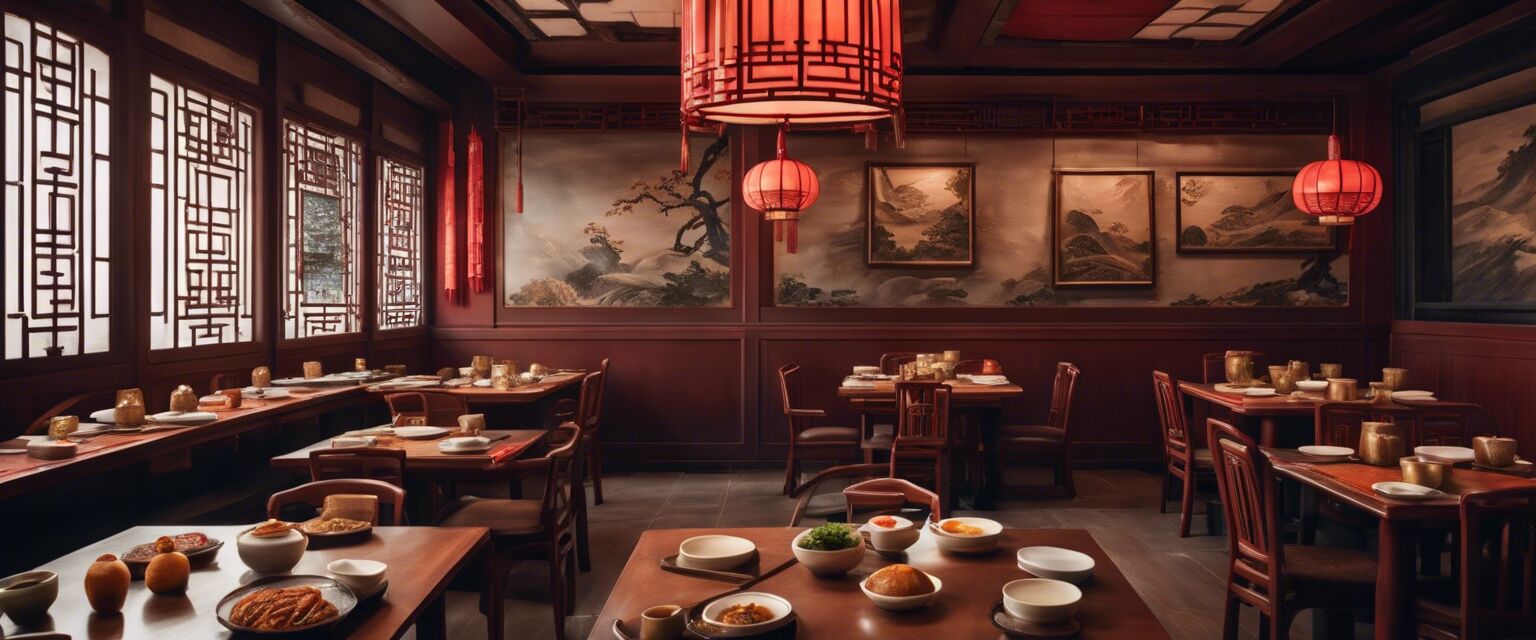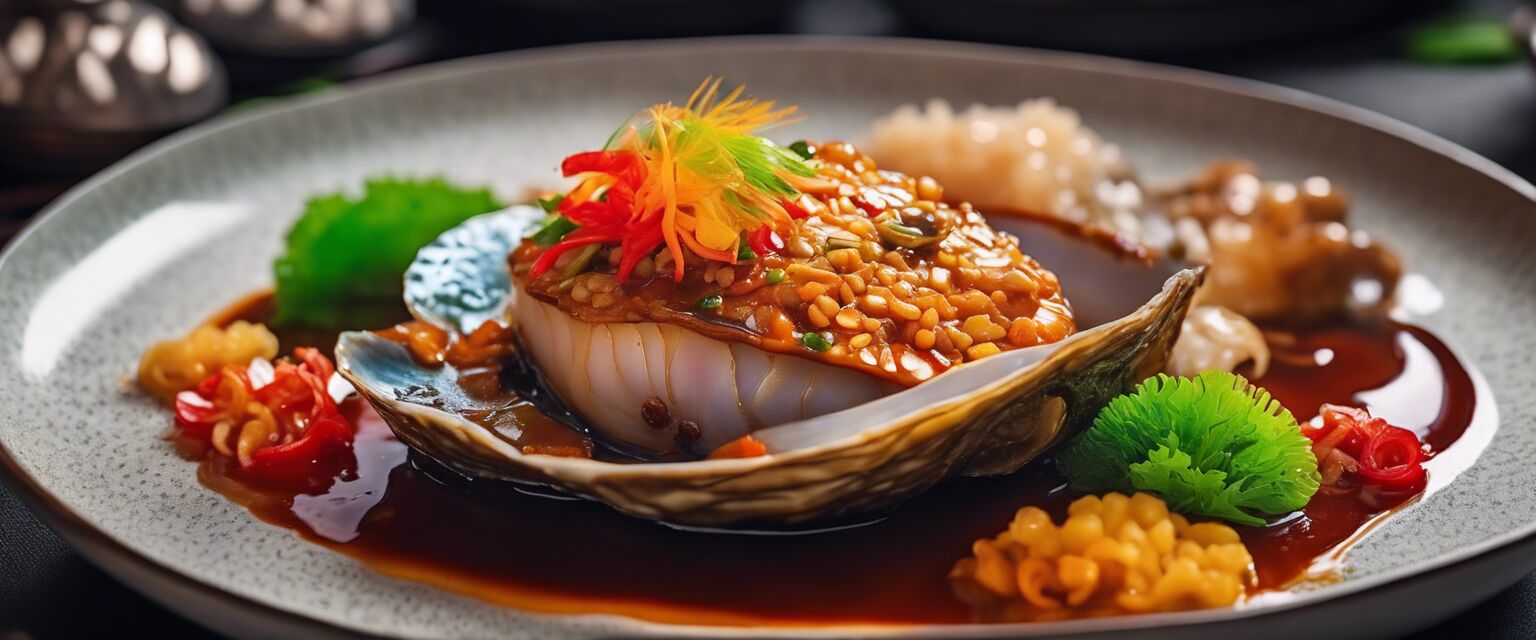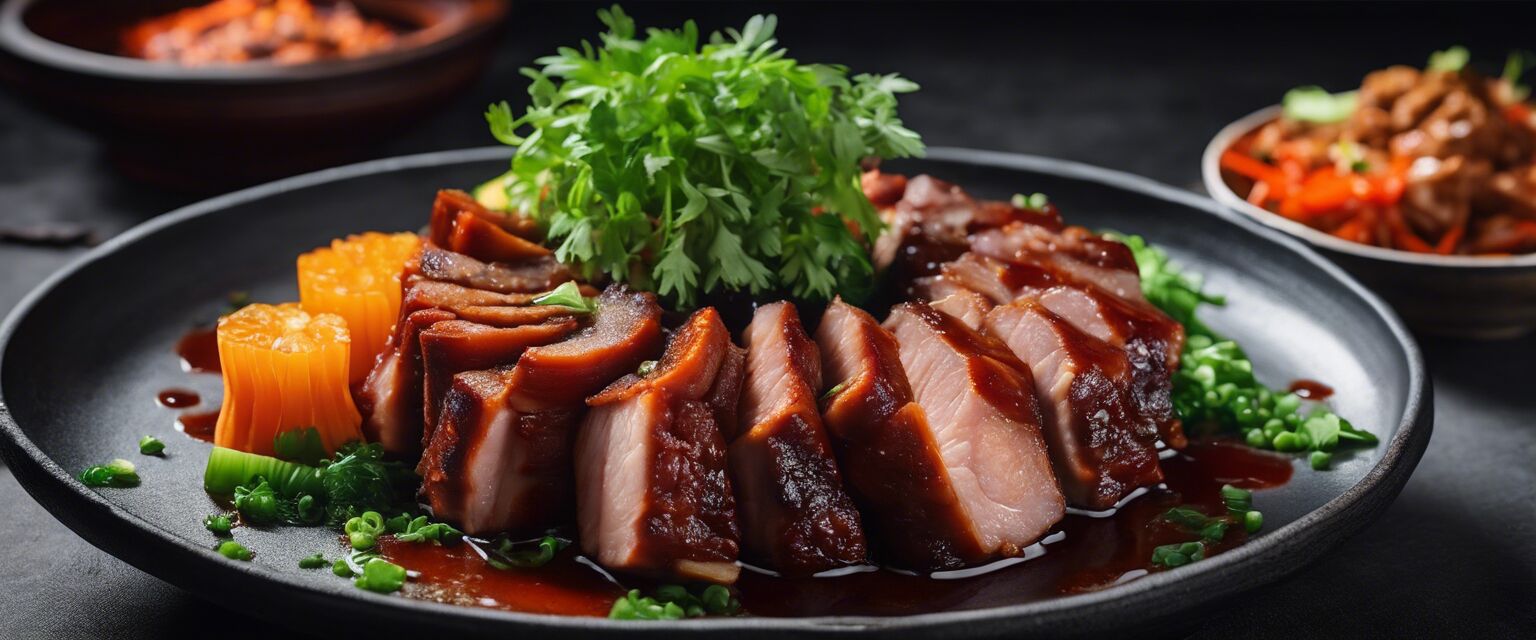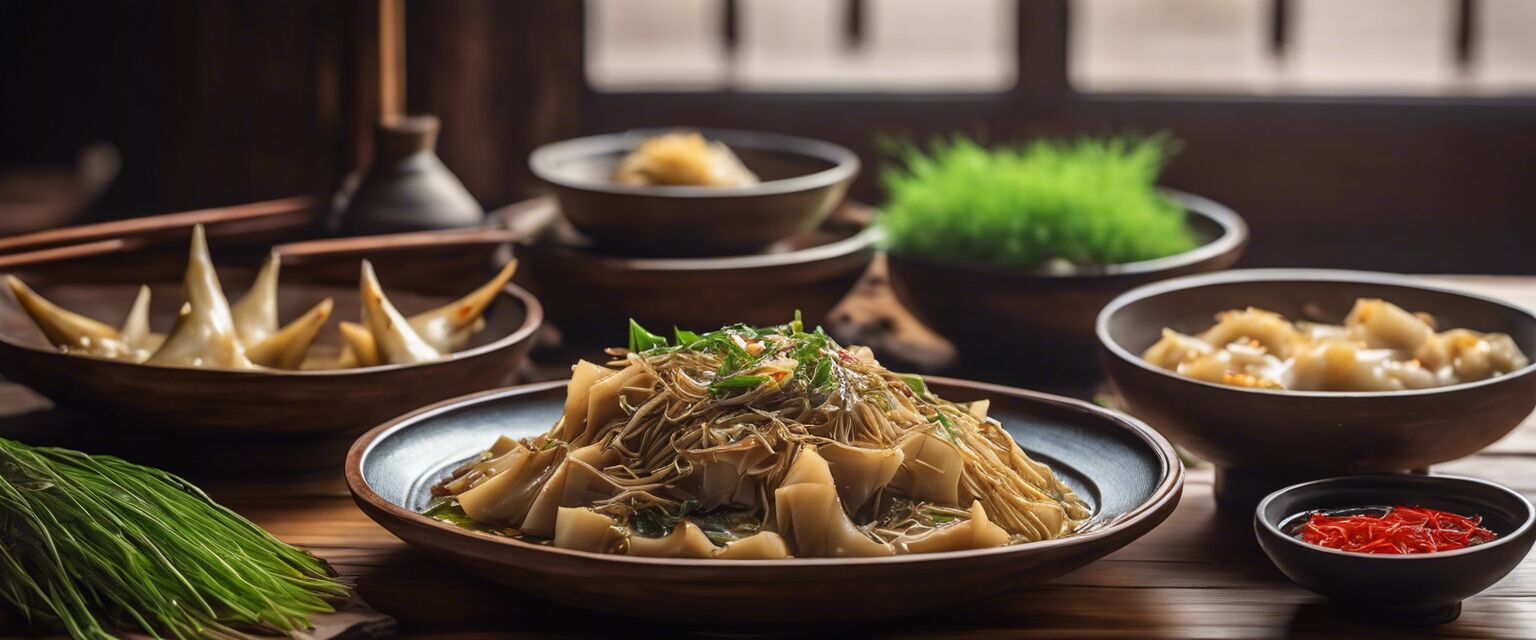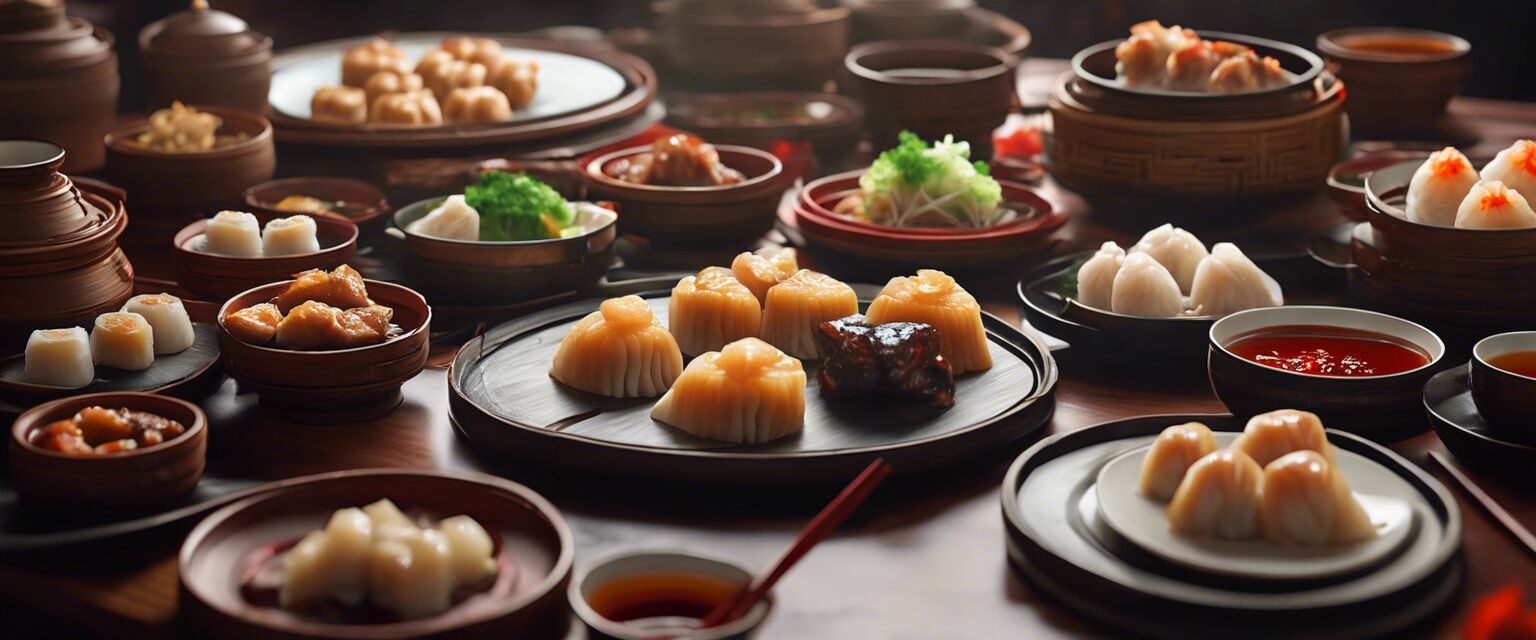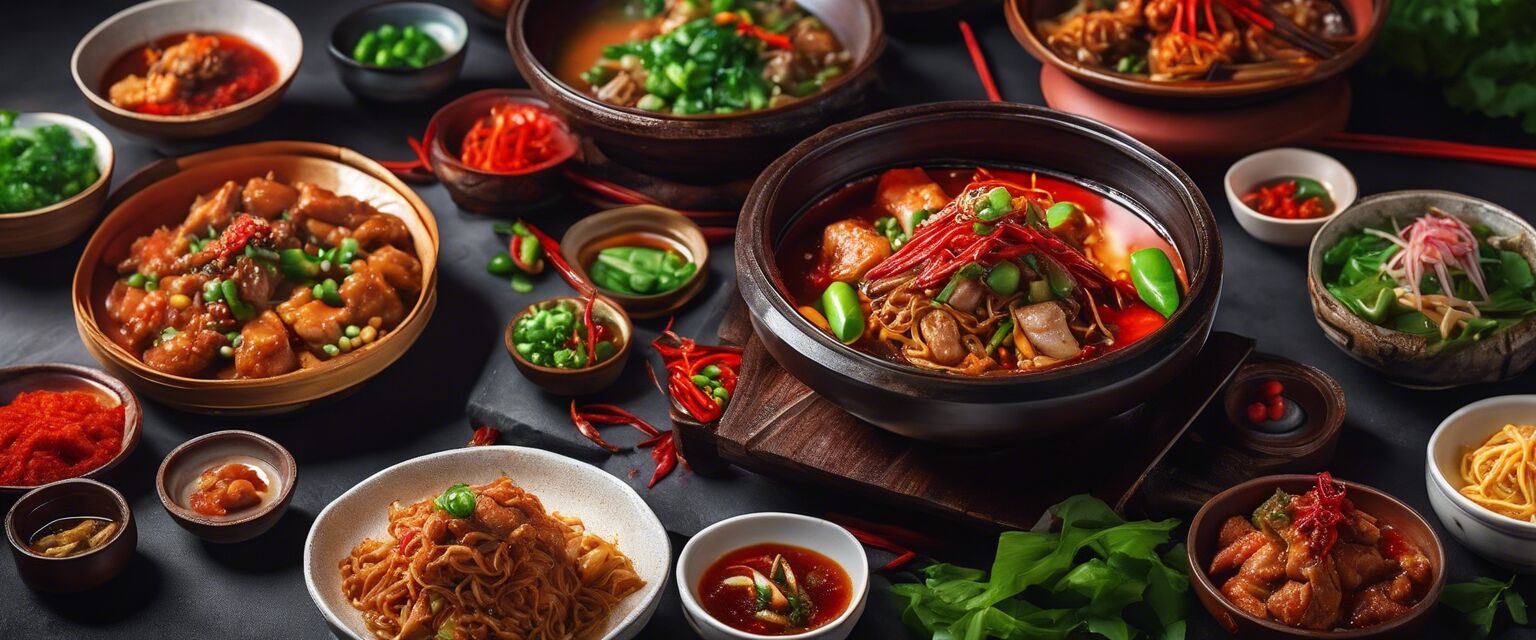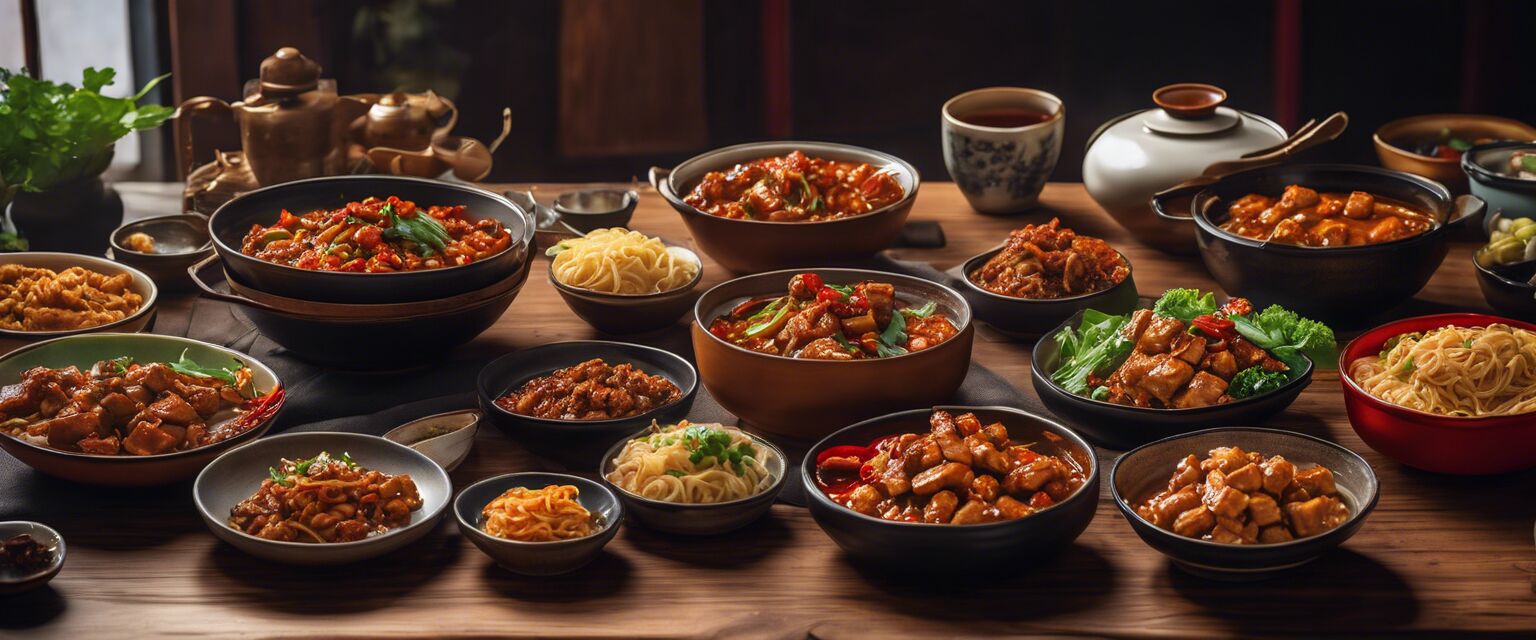
Sichuan Cuisine
Key Takeaways
- Sichuan cuisine is known for its bold flavors and spiciness.
- Key ingredients include Sichuan peppercorns, garlic, and chili peppers.
- Popular dishes include Kung Pao Chicken, Mapo Tofu, and Twice-Cooked Pork.
- Cooking techniques often involve stir-frying, braising, and steaming.
- Regional variations showcase the diversity within Chinese culinary traditions.
Sichuan cuisine, originating from the Sichuan province in southwestern China, is celebrated for its bold, spicy flavors and complex seasoning. Known for its use of Sichuan peppercorns, garlic, and various types of chili, this cuisine is a feast for the senses. Whether you are a spice enthusiast or simply curious about different culinary traditions, exploring Sichuan dishes can be an exciting journey.
Popular Sichuan Dishes
| Dish | Description |
|---|---|
| Kung Pao Chicken | A stir-fried dish made with chicken, peanuts, and vegetables, seasoned with soy sauce and Sichuan pepper. |
| Mapo Tofu | Soft tofu cooked in a spicy sauce made with minced meat, garlic, and fermented bean paste. |
| Twice-Cooked Pork | First boiled, then stir-fried with vegetables and spices, resulting in a rich and spicy flavor. |
| Dan Dan Noodles | Noodles topped with a spicy sauce made from chili oil, minced pork, and crushed peanuts. |
| Hot Pot | A communal dish where ingredients are cooked in a boiling pot of spicy broth. |
Ingredients Commonly Used in Sichuan Cuisine
- Sichuan peppercorns
- Garlic
- Ginger
- Chili peppers
- Fermented black beans
- Sesame oil
Cooking Techniques
The flavors of Sichuan cuisine are achieved through a variety of cooking techniques. Here are some common methods:
- Stir-Frying: Quick cooking method that retains the freshness of ingredients.
- Braising: Slow cooking method that allows for deep flavors to develop.
- Steaming: A healthier cooking option that preserves nutrients and flavors.
Tips for Cooking Sichuan Dishes
Beginners Section
- Start with milder recipes before trying the spicier dishes.
- Invest in quality Sichuan peppercorns for authentic flavor.
- Don't be afraid to adjust spice levels according to your preference.
- Experiment with different cooking techniques to find what you enjoy most.
Health Considerations
While Sichuan cuisine is known for its spiciness, it's important to enjoy it in moderation. A balanced diet is key to enjoying all types of foods. Incorporating fresh vegetables and lean proteins can enhance the nutritional value of your meals.
FAQs About Sichuan Cuisine
What makes Sichuan cuisine unique?
Sichuan cuisine is characterized by its bold use of spices, particularly Sichuan peppercorns, which provide a unique numbing sensation alongside heat from chili peppers.
Is Sichuan food always spicy?
While many dishes are spicy, there are also milder options available. The level of heat can often be adjusted based on personal preference.
What are common side dishes in Sichuan meals?
Common side dishes include pickled vegetables, rice, and various types of stir-fried greens.
Explore More
If you're interested in trying your hand at more Chinese recipes, check out our other pages:
- Acupressure Tools
- Aromatherapy Oils
- Dietary Supplements
- Herbal Teas
- Natural Skin Care
- Traditional Chinese Medicine
Conclusion
In summary, Sichuan cuisine offers a delightful blend of flavors and textures that can cater to various palates. By experimenting with the ingredients and techniques discussed, you can bring the vibrant tastes of Sichuan into your own kitchen. Enjoy the journey of cooking and tasting these delicious dishes!
Pros
- Rich and diverse flavors.
- Variety of dishes to suit different preferences.
- Healthier cooking options available.
- Encourages use of fresh ingredients.
Cons
- Can be too spicy for some.
- Requires specific ingredients that may be hard to find.
- Some dishes may take a long time to prepare.
